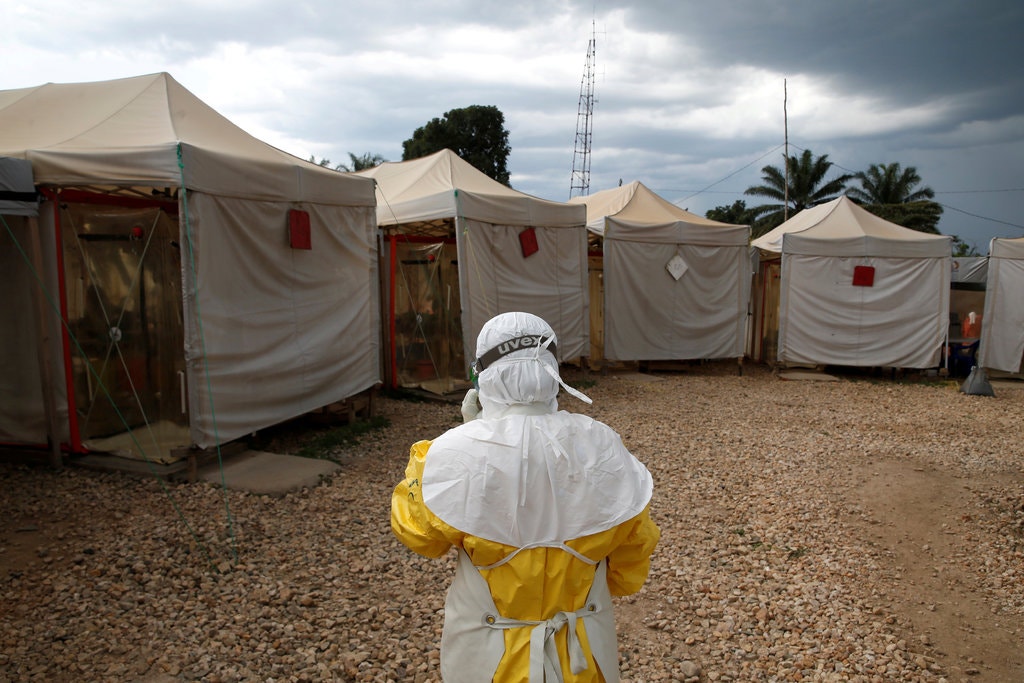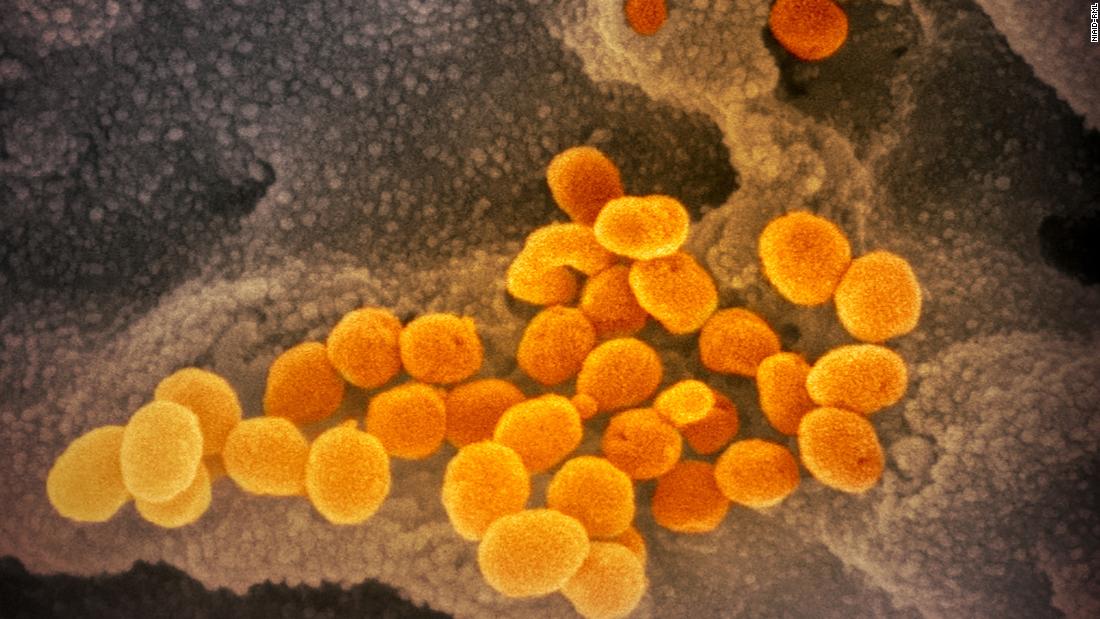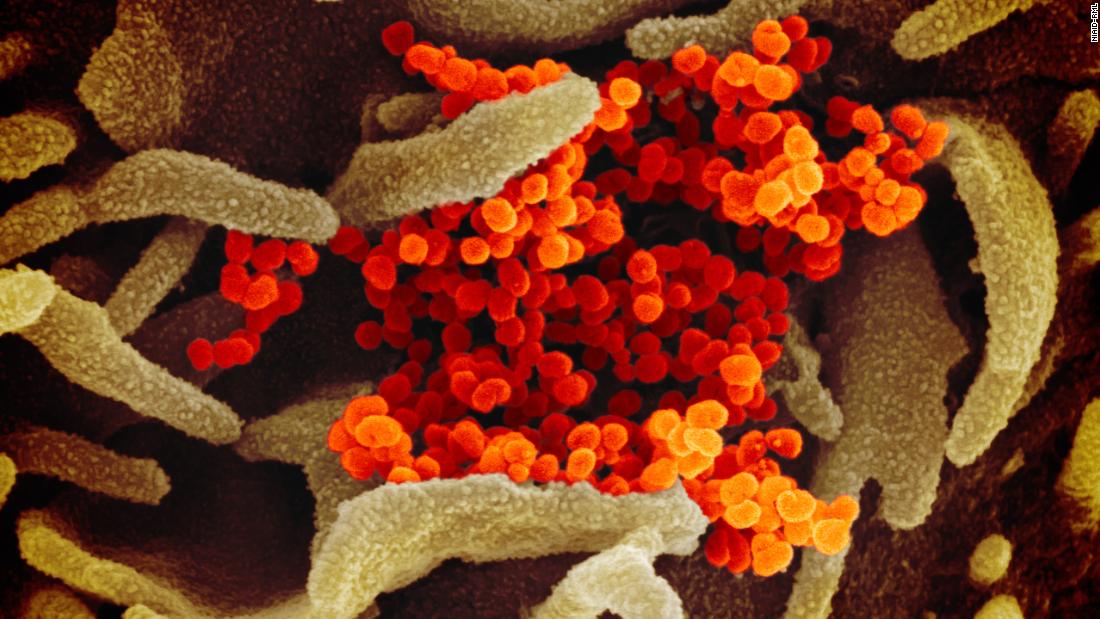
A health worker wearing Ebola protection gear at a Biosecure Emergency Care Unit treatment center in Beni, Democratic Republic of Congo.CreditCreditBaz Ratner/Reuters
Donald G. McNeil Jr. - NYTimes - August 12th 2019
In a development that transforms the fight against Ebola, two experimental treatments are working so well that they will now be offered to all patients in the Democratic Republic of Congo, scientists announced on Monday.
The antibody-based treatments are quite powerful — “Now we can say that 90 percent can come out of treatment cured,” one scientist said — that they raise hopes that the disastrous epidemic in eastern Congo can soon be stopped and future outbreaks more easily contained.
Problem, Solution, SitRep, or ?:










Recent Comments